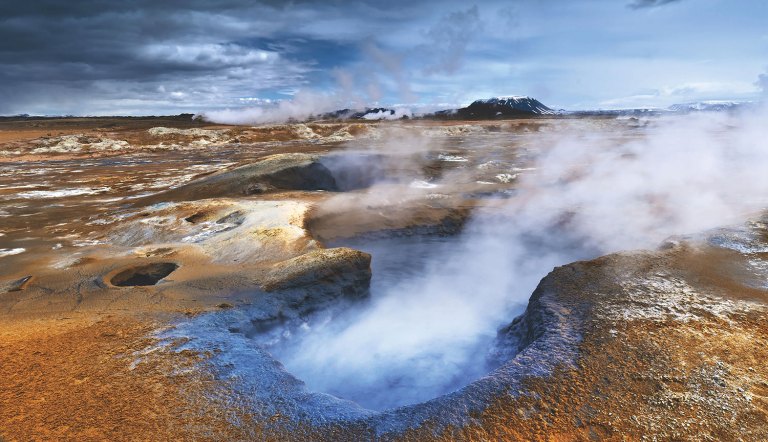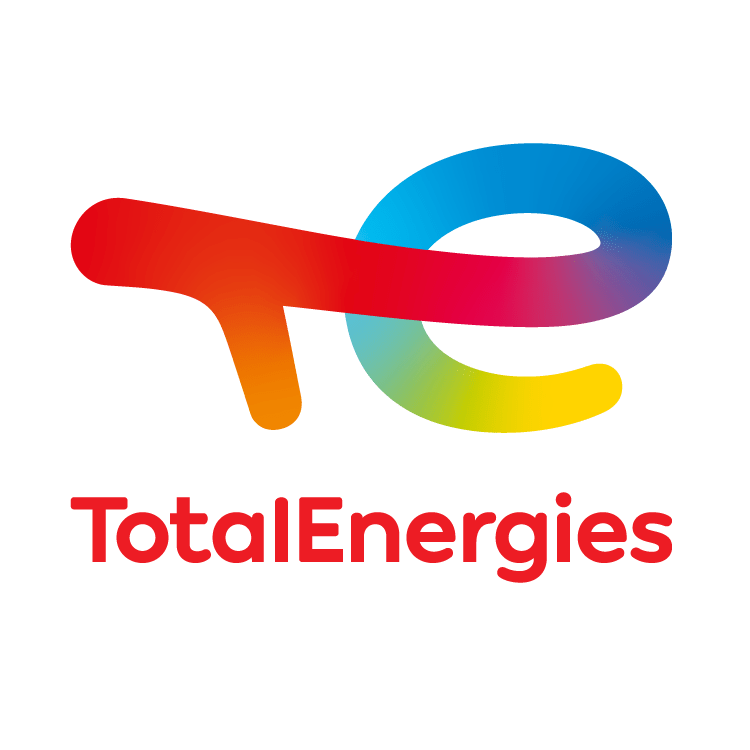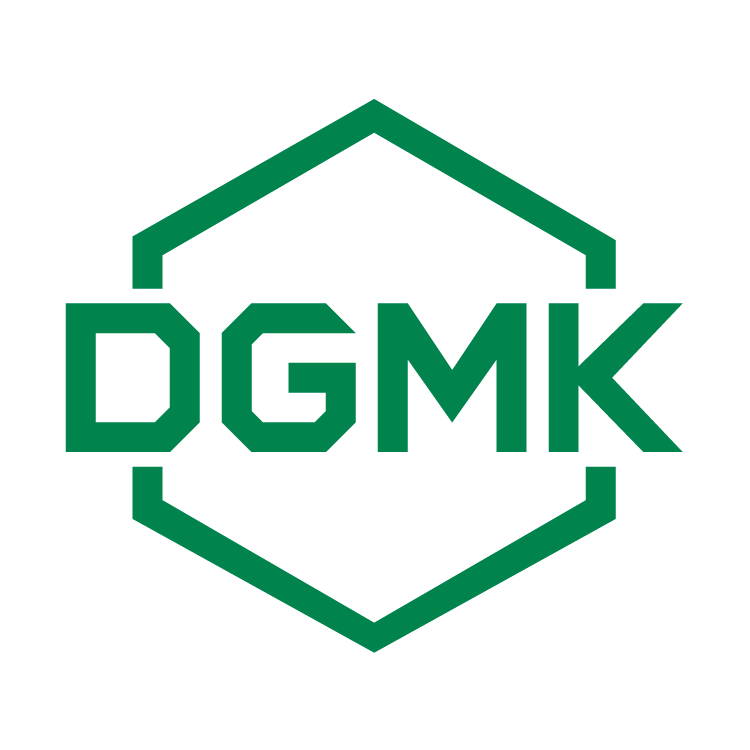Short Course 2
Short course 2 – 4 Nov – 9:00 – 16:30 CET
Reservoir Engineering of Geothermal Energy Production
The main purpose of the course is to familiarize students with basic definitions, main challenges, and practical implementation of geothermal energy production. The class will include lectures and practicals. In the first stage, we will present two lectures related to “Basics of geothermal energy production”. The second lecture will describe “Basics of reservoir simulation” relevant to geothermal engineering.

Date
4 November 2024
Time
9:00-16:30 CET
Location
WTC Rotterdam - Penn Room
Register and start learning now
Important information
- You will need to bring a laptop for this course. EAGE won’t provide this element.
- Participants should have prior knowledge of basic Python programming.
Course outline
- Basics of geothermal energy production (1 hour)
- Basics of reservoir simulation (1 hour)
Next, we will proceed with practical exercises in Jupyter Notebooks using open-DARTS.
- In this exercise (2 hours) we will learn about the main steps in creating a basic static and dynamic geothermal model in 1D by:
- Set the main simulation parameters
- Define the simulation grid
- initialize reservoir parameters
- Define boundary and initial conditions
- Run and process the simulation results.
- Look into the effect of model resolution, timestep, and sensitivity on two major thermal properties – rock heat capacity and conduction.
- In this exercise (1.5 hours), we will start with a perfect homogeneous 3D reservoir and learn the effect of overburden and what is the best strategy to model it in geothermal models.
- We will also load heterogeneous permeability representing fluvial sediments to understand how the direction of channels will affect the lifetime of the geothermal system and final energy production.
- The last exercise (2 hours) is dedicated to geothermal energy production from fractured systems. We will evaluate the sensitivity of energy production to well position, initial fracture aperture, and stress orientation.
- The course will be concluded by a short discussion (0.5 hours) on lessons learned and practical recommendations for real-world geothermal applications.
Participant Profile
The course is designed for a wide range of specialists starting from engineering students and finishing with industry professionals with broad specializations including (but not limited to) petroleum engineers, civil engineers, environmental engineers, geophysicists, etc.
Prerequisites
Lorem ipsum dolor sit amet, consectetur adipiscing elit. Vestibulum luctus egestas nibh vel mattis.



Short Course
Reservoir Engineering of Geothermal Energy Production
Dr. Denis Voskov
Associated Professor, TU Delft
Course Description
The main purpose of the course is to familiarize students with basic definitions, main challenges, and practical implementation of geothermal energy production. The class will include lectures and practicals. In the first stage, we will present two lectures related to “Basics of geothermal energy production”. The second lecture will describe “Basics of reservoir simulation” relevant to geothermal engineering.
Time
To be confirmed
Date
4 November 2024
Location
Name of location
Important information
- You will need to bring a laptop for this course. EAGE won’t provide this element.
- Participants should have prior knowledge of basic Python programming.
Course Outline
- Basics of geothermal energy production (1 hour)
- Basics of reservoir simulation (1 hour)
Next, we will proceed with practical exercises in Jupyter Notebooks using open-DARTS.
- In this exercise (2 hours) we will learn about the main steps in creating a basic static and dynamic geothermal model in 1D by:
- Set the main simulation parameters
- Define the simulation grid
- initialize reservoir parameters
- Define boundary and initial conditions
- Run and process the simulation results.
- Look into the effect of model resolution, timestep, and sensitivity on two major thermal properties – rock heat capacity and conduction.
- In this exercise (1.5 hours), we will start with a perfect homogeneous 3D reservoir and learn the effect of overburden and what is the best strategy to model it in geothermal models.
- We will also load heterogeneous permeability representing fluvial sediments to understand how the direction of channels will affect the lifetime of the geothermal system and final energy production.
- The last exercise (2 hours) is dedicated to geothermal energy production from fractured systems. We will evaluate the sensitivity of energy production to well position, initial fracture aperture, and stress orientation.
- The course will be concluded by a short discussion (0.5 hours) on lessons learned and practical recommendations for real-world geothermal applications.
Participant Profile
The course is designed for a wide range of specialists starting from engineering students and finishing with industry professionals with broad specializations including (but not limited to) petroleum engineers, civil engineers, environmental engineers, geophysicists, etc.
Prerequisites
- You will need to bring a laptop for this course. EAGE won’t provide this element.
- Participants should have prior knowledge of basic Python programming.





